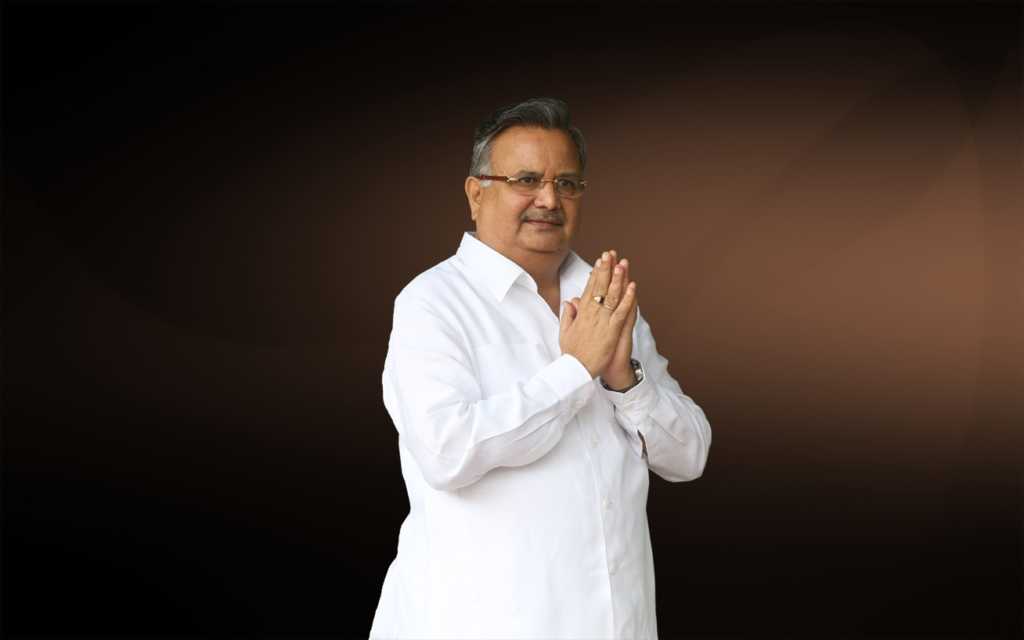The area under the state of Chhattisgarh has improved its track record in most socio-economic indicators since creation of the state. The incumbent CM of Chhattisgarh, Raman Singh is banking on education and healthcare record under his administration for the upcoming assembly election. He has exemplary track record as chief minister in delivery of public services like health, education and ration through public distribution system. The government has been able to bring education to Maoist infested areas of the state like Bastar. Infant Mortality Rate (IMR) and Maternal Mortality Rate (MMR) of the state improved significantly under Raman Singh’s tutelage.
In 2012, the state government launched Mukhyamantri Swasthya Bima Yojana (MSBY) to extend to coverage of Rashtriya Swasthya Bima Yojana (RSBY) to non-BPL families. On one time pay of 30 rupees for insurance card, the state government provided annual insurance cover of 30,000 rupees for which premium was paid by state government. From October, 2017 the insurance cover limit was extended to 50,000 rupees as per 2013 assembly election manifesto. This scheme covers 55 lakh families, almost 80 percent of the people of the state. The state government launched second phase of the scheme under Ayushman Bharat scheme which will extend insurance cover up to 5 lakh per annum. The beneficiaries under this scheme will be identified on Socio Economic and Caste Census, 2011. In the state of Chhattisgarh there are 35 lakh families which qualify for the scheme.
Expansion of public education in the state has helped the large tribal people to integrate themselves in mainstream. The uneducated and ignorant people of the state were vulnerable to Maoists leaders who used to fool them to pick up arms for ‘revolution’. As the public education, healthcare and welfare expanded, the people could no longer be made fool of because education provided capability for independent thinking and logical reasoning. Chhattisgarh was at last place among the states and union territories of the country in National Achievement Survey, 2014, conducted by National Council of Educational Research and Training (NCERT). However with short span of 3 years, the state reached at 19th place in the same survey conducted in 2017.
The industrial growth in the state through exploitation of natural resources has put enough money to government coffers for expansion of public services. Nagarnar Steel Plant in Bastar will go in production in next few months. “Like the Bhilai Steel Plant changed the region when it was set up, the Nagarnar Steel Plant will change the entire Bastar region by creating direct and indirect employment opportunities,” said Raman Singh. The Bastar region has been stronghold of Maoists for long, most of the funding for creating terrorist instability came through natural resource exploitation in this area. The continuous efforts of the security forces have made the area safe for industrial and tourist activity. Therefore, economy of Chhattisgarh is poised to grow exponentially in upcoming decades. “As peace returns to the area, tourism will pick up. There are many tourist spots in the region such as Chitrakoot Falls and Teerathgarh Falls and this will open up new avenues for employment,” explained Raman Singh.
The economic leverage will provide fiscal space for the government to further expand welfare to majority of the people of the state. Chhattisgarh is one of the finest examples of how division of large states into smaller units could improve politico-economic conditions of a region. Before bifurcation, Madhya Pradesh was among worst performing state of the country on almost all socio-economic indicators. But in post-bifurcation period both states have grown exponentially and the living condition has improved significantly in less than two decades.
